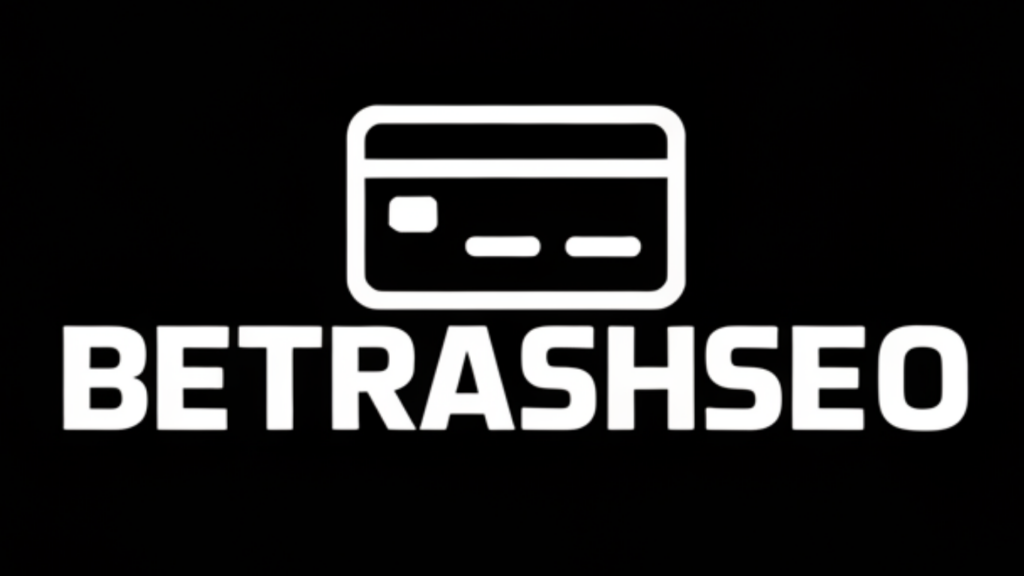In today’s digital age, consumers have access to a myriad of discounts and deals, whether shopping online or in physical stores. This brings us to an intriguing question: “Do coupons work better online or in physical stores?” Understanding the dynamics of coupon usage can help savvy shoppers make informed decisions and get the best value for their money.
Online shopping platforms offer a plethora of digital coupons, often providing instant discounts with just a few clicks. The convenience of accessing numerous deals without leaving the comfort of your home is undoubtedly appealing. However, traditional brick-and-mortar stores have their own charm, presenting exclusive in-store promotions and tangible coupon experiences that can’t be found elsewhere.
As we delve into this topic, we will explore the advantages and disadvantages of using coupons in both online and physical shopping environments. We aim to provide insights that will help you navigate the coupon landscape more effectively, ensuring you maximize your savings no matter where you choose to shop.
Accessibility of Coupons
One of the primary advantages of online coupons is accessibility. Consumers can easily find a wide range of coupons on various websites, apps, and via promotional emails. This availability makes it convenient for shoppers to obtain discounts without much effort. Furthermore, online coupons often provide instant discounts, making them efficient for those looking to save money while shopping on the internet.
However, physical store coupons are typically found in newspapers, magazines, or directly from the store, which may limit their accessibility compared to digital alternatives. Despite being less accessible, these coupons can present unique offers not available online. The sense of excitement that comes with finding a rare in-store coupon can add to the shopping experience itself.
Additionally, in-store coupons can be complemented by a face-to-face interaction with sales personnel, offering opportunities to learn about exclusive deals. Thus, while online coupons are easily accessible, physical store coupons deliver a personal touch that some consumers may prefer. For guidance on ensuring the legitimacy of discount coupons, visit How Do I Make Sure a Discount Coupon Is Legitimate?. This resource provides practical tips to help you avoid scams and make the most of your savings.
Discount Levels and Limitations
Coupon discounts can vary significantly between online and physical stores. Online coupons often provide a standardized discount percentage across numerous products, offering a straightforward way to calculate savings. The ease of applying multiple coupons at checkout can further maximize these discounts, appealing to deal-savvy shoppers.
In contrast, discounts offered by brick-and-mortar stores can sometimes exceed those found online. Physical stores may provide higher value discounts on clearance items or during special in-store events. However, these coupons often come with limitations, such as a minimum purchase requirement, which could hinder the savings potential for some shoppers.
It is important for consumers to read the fine print when using any type of coupon. Online and offline, differing terms and conditions can affect the overall value, making it essential for shoppers to be well-informed to take full advantage of available discounts.
Consumer Behavior and Preference
Consumer behavior greatly influences the perception of coupon effectiveness. Online shoppers may prefer digital coupons due to their flexibility and ease of use. The ability to quickly compare prices and apply multiple discounts suits those who prioritize convenience and efficiency in shopping.
Conversely, some consumers enjoy the tactile experience of shopping in physical stores, where paper coupons are more prevalent. The act of browsing aisles and physically handling merchandise can enhance the shopping journey, with coupons serving as additional incentives to make purchases.
Ultimately, the choice between online and physical store coupons often boils down to personal preferences. Some shoppers cherish the instant gratification of online deals, while others value the traditional shopping experience and exclusive promotions offered in-store.
Technological Impact on Coupon Use
Technological advancements have drastically altered the coupon landscape, particularly in online shopping. The rise of smartphone apps and browser extensions that aggregate coupons streamlines the shopping process, allowing users to find the best deals effortlessly. Such technology maximizes savings by applying the most relevant coupons automatically during checkout.
Physical stores have also embraced technology, using digital touchpoints like email campaigns and personalized loyalty programs to distribute coupons. These efforts bridge the gap between physical coupons and the tech-savvy consumer, ensuring that traditional stores remain competitive in the modern market.
As technology continues to evolve, the integration of augmented reality shopping experiences and location-based offers may further blur the lines between online and offline coupon use, offering an enriched shopping experience across both realms.
Conclusion
In conclusion, both online and physical store coupons have their distinct benefits and limitations. Online coupons provide convenience and easy access, while physical store coupons enhance the shopping experience with exclusive deals and a personal touch. Understanding these dynamics allows consumers to make strategic choices, maximizing their savings regardless of the shopping environment. Ultimately, the effectiveness of coupons depends on consumer preferences and shopping habits, with technology continuing to play a pivotal role in shaping the future of coupon use. You can visit RetailMeNot to discover discount coupons and find the option that best suits your savings needs.

